Find out if your insurance covers dents on car roofs or flooding in cars
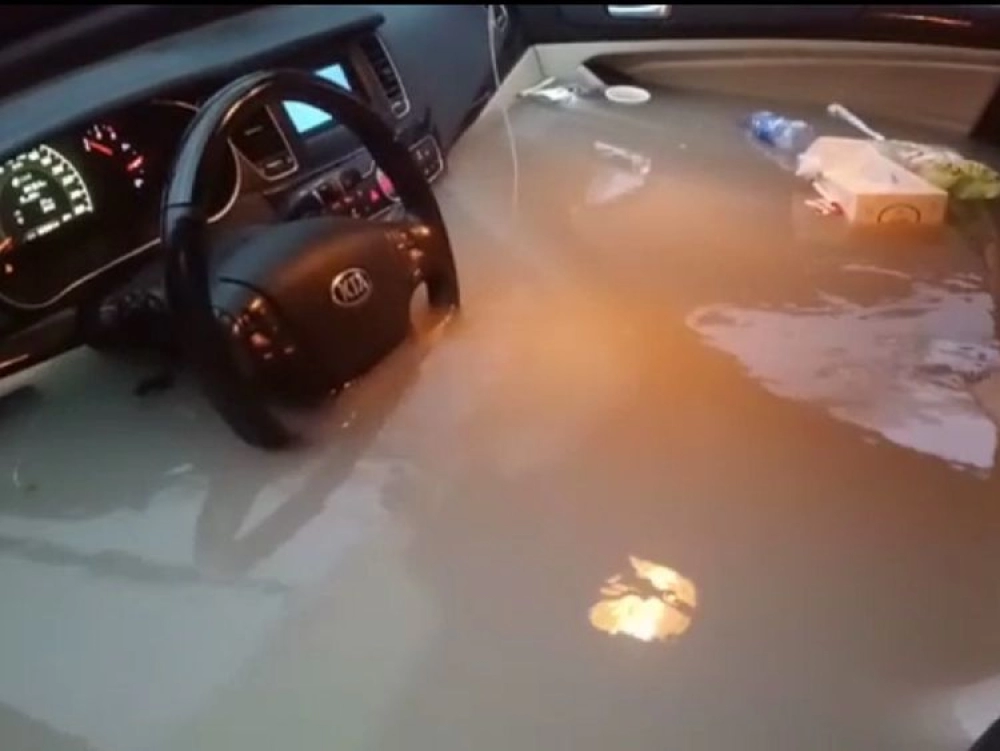
A flooded car in the UAE. For illustrative purposes only.
Dubai: The winter months in the UAE bring much needed relief to the country’s residents but while the great weather is enjoyable for people, cars in the UAE can sometimes have a hard time dealing with the short burst of cool temperatures.
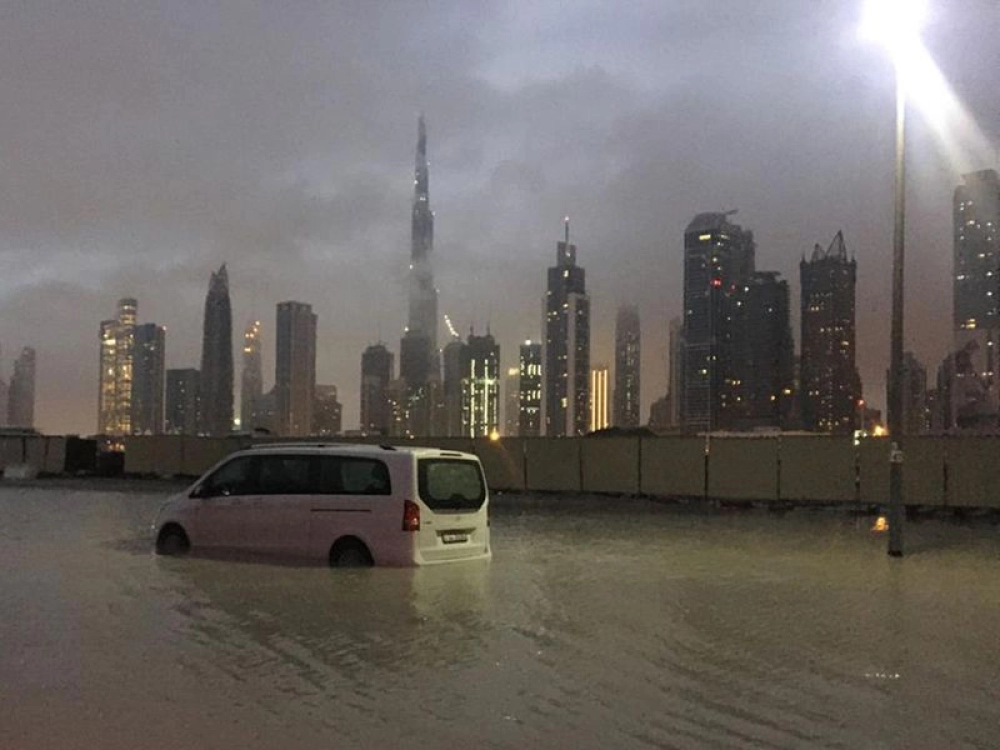
A flooded van in Dubai after rain soaked the city on Saturday morning following record rainfall at a reported rate of 150 mm/hour — for 2.5 hours — overnight, said officials
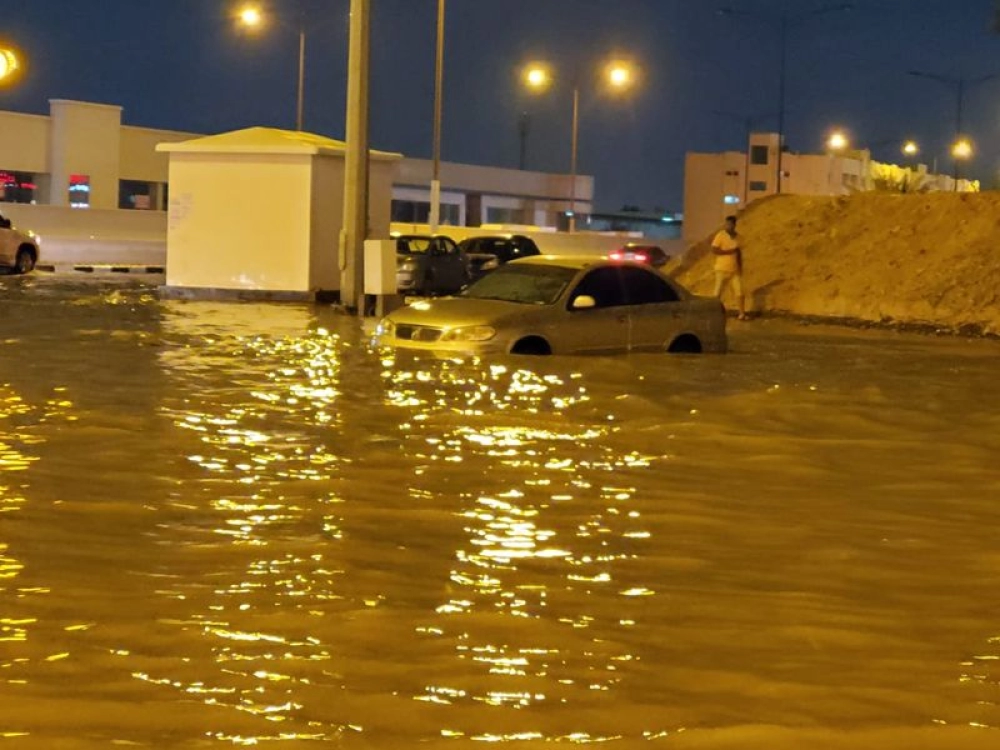
As the winter season starts in the UAE, it is accompanied by heavy bouts of rain and the occasional hailstorm. The fun can be ruined if your car ends up getting flooded or pounded by stone-like pellets raining from the sky.
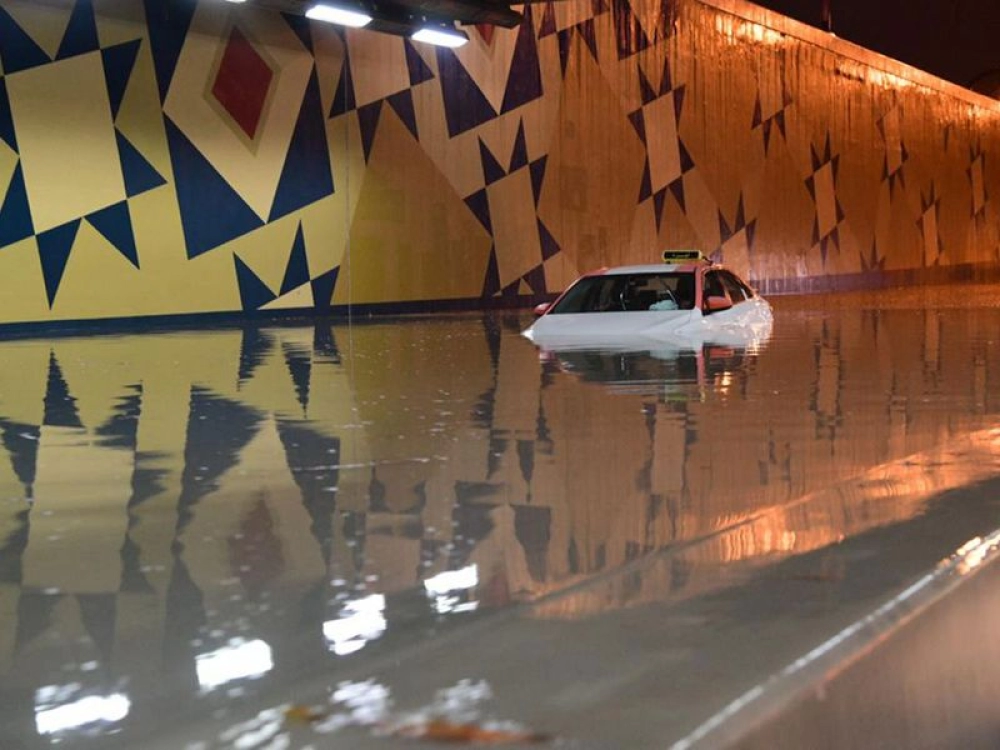
Here is all you need to know about how much such damage can cost you and whether your insurance covers the damage.
What is the cost of car repair?
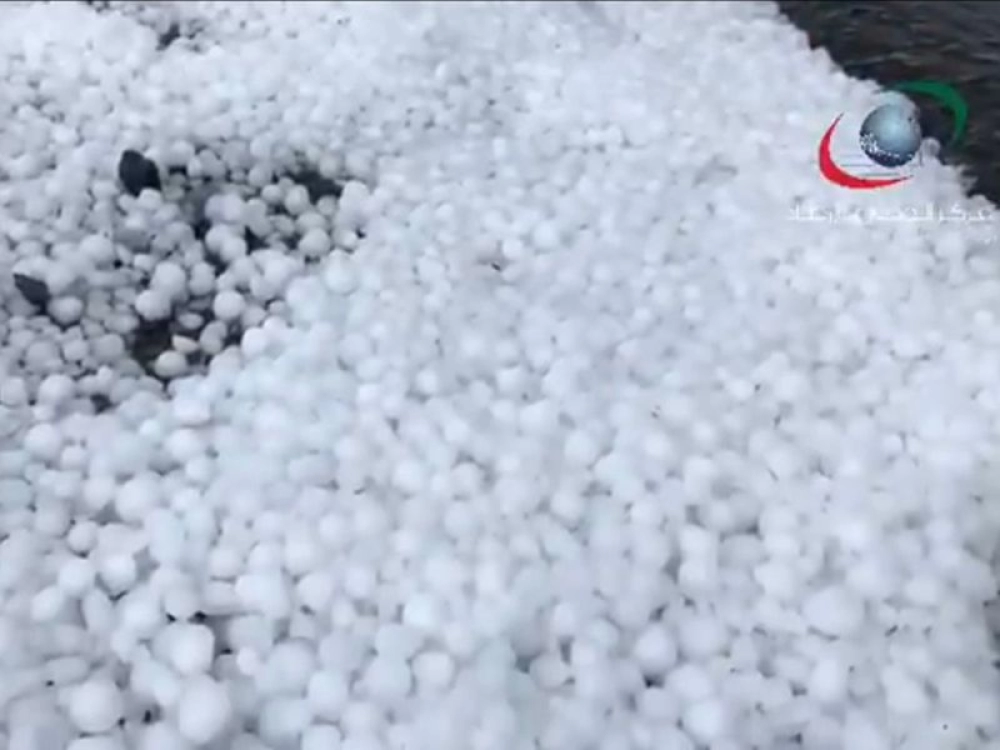
These are the different ways in which your car can be damaged during extreme weather conditions:
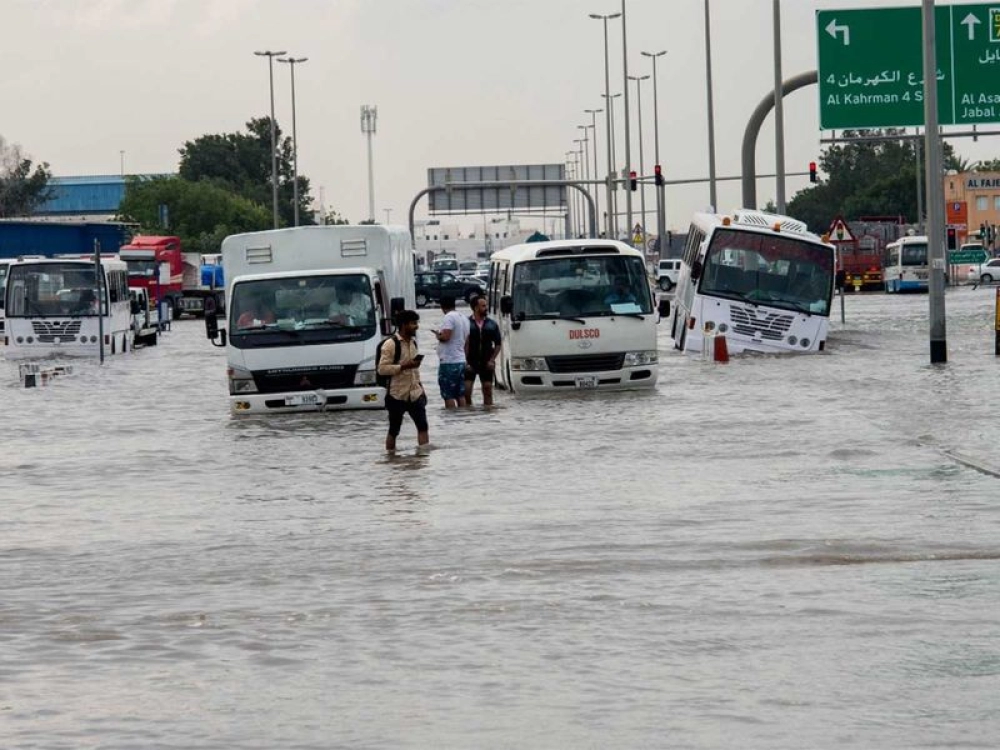
1. External damage due to hailstorm – hail can leave your car’s roof, bonnet and boot damaged. The repair will depend on the type of paint that needs to be used. Repair can range between Dh500-Dh1,500 depending on the size of the car, extent of damage and paint costs.
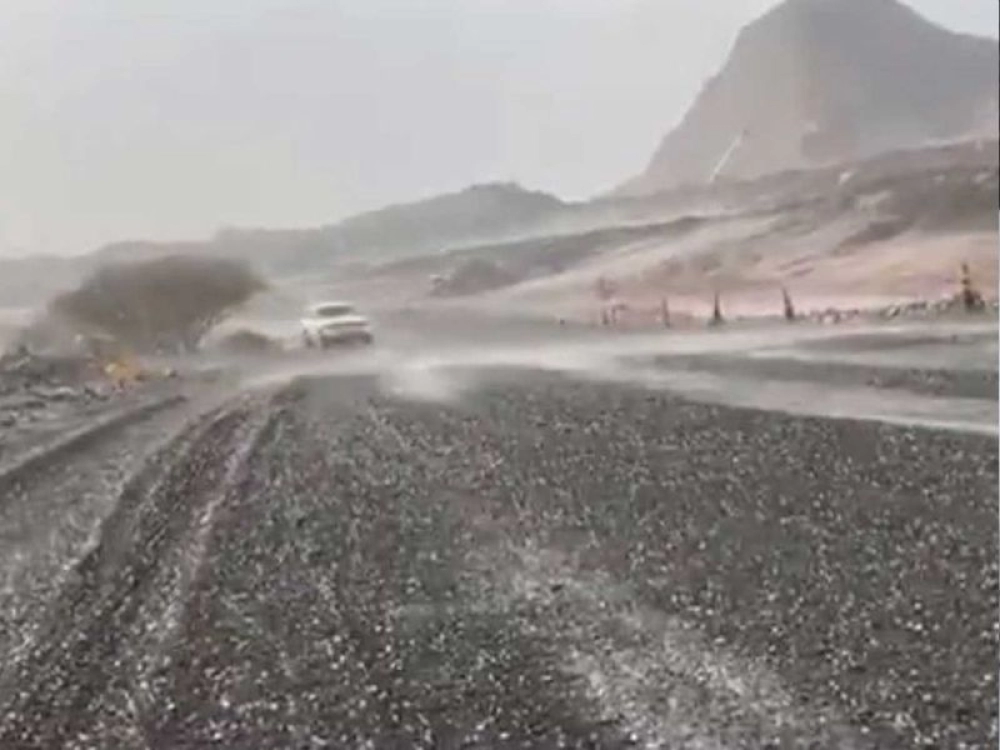
2. Computer damage – When cars get flooded the water can enter the circuit system and damage the computer. If the computer needs to be replaced, the cost will depend on whether you get a replacement from the second-hand market or from the authorized dealer.
A second-hand computer can cost upwards of Dh500
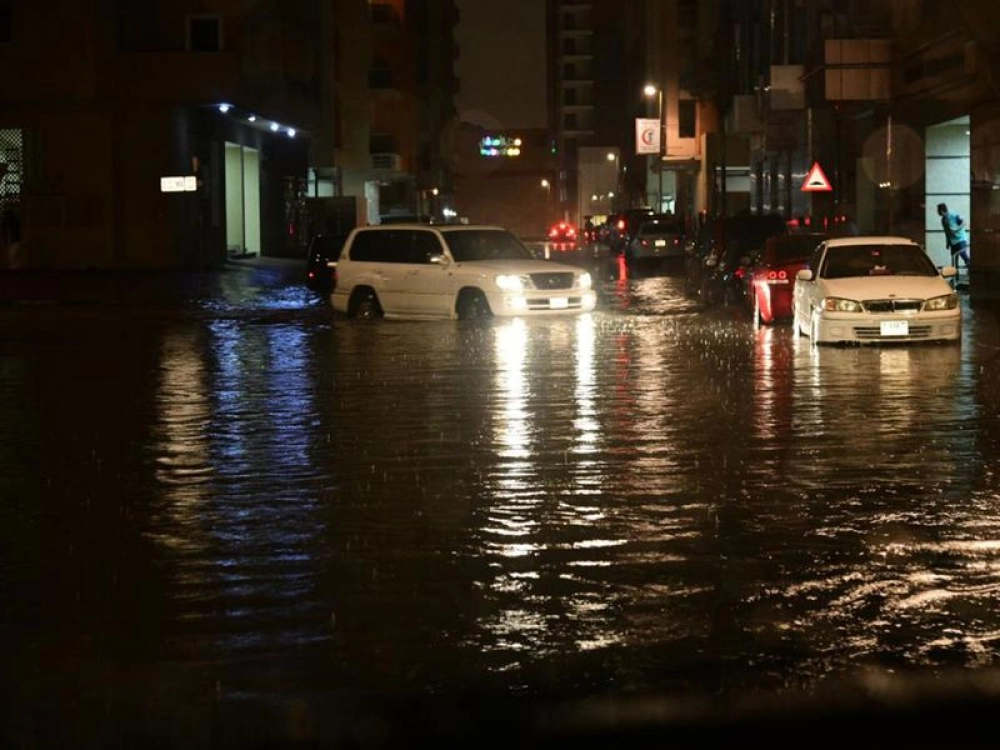
3. Engine damage – This can perhaps be the most expensive damage a car can incur and depending on the type of car as well as whether you get the replacement from the authorized dealer.
4. Upholstery cleaning – A flooded car can leave behind smelly upholstery, when water has seeped deep into the seating. A complete clean up can cost approximately Dh500.
Does my insurance cover the damage?
Almost every insurance company provides coverage for “natural perils”, which include flood, hail and storm.
But you have to read the fine print of your insurance policy: this only applies to a “comprehensive” cover.
If you get a pared-down insurance, including a third-party liability (TPL) insurance, it most likely will not have this coverage and you would need to add this on to your package as an additional benefit.
While this can seem like an additional cost when registering your car and applying for a car insurance, with the annual arrival of stormy weather, it is advisable to add it to your coverage.
Car insurance in uae provide all the necessary needs for your car
What are some of the ways in which I can keep my car safe?
As soon as the rains come lashing down, many roads can get waterlogged. Even though the water is drained quite quickly there are moments when you end up driving through puddles or waterlogged roads. Here are some tips that can help you ensure your car stays damage-free:
1. Park carefully
As you choose a spot to park your car, try to choose an area which is slightly elevated, with a lesser chance of water collecting around your car. On a single stretch of road, there can be parts of the road that get flooded while others stay relatively accessible. When it rains, it is advisable to check on your car at regular intervals, whether you are at home or at work. You will be surprised at how quickly your car can get surrounded by water.
2. Don’t speed on waterlogged roads
By driving with speed on a waterlogged road, your car can splash water unnecessarily, and enter your car’s air filter. The air filter is essentially the way through which the engine breathes, and the moment the filter is exposed to water, it can send in water to the engine, instead of air, ultimately leading to a breakdown.
3. Check the water level
When you are about to cross a patch which is waterlogged, examine the water level carefully. If the water is up to the bumper, you can safely drive through, as long as you do so at a slow speed.
The easiest way to determine that you are not driving too fast is to look at how much water your car is disturbing. If your car is splashing water on the sides, you are driving too fast.
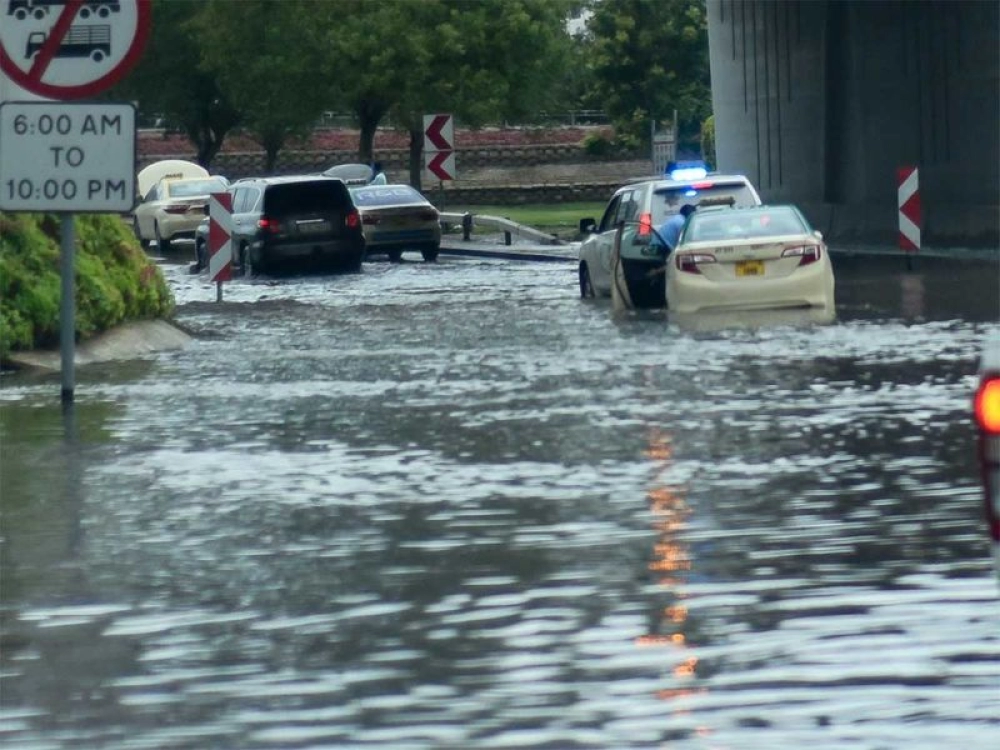
A taxi stalled in a flooded part Rebat Street.
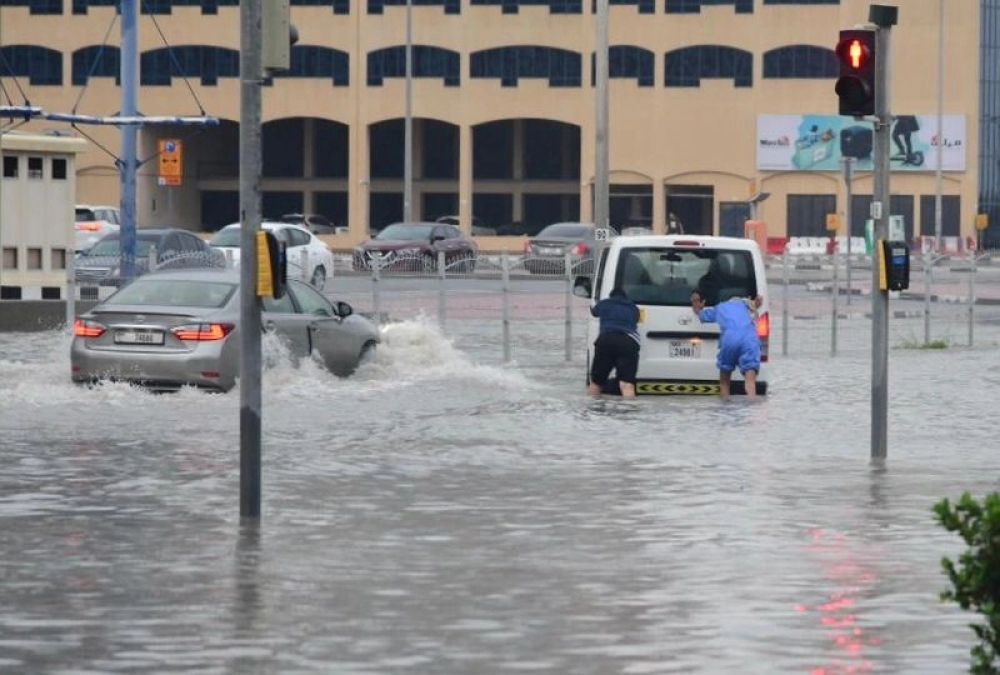
If the water level could reach the top of your bonnet, it is best to simply find an alternative route or wait. The air filter is at the top of the engine set up within the bonnet and if the water level is high, it is going to lead to a car breakdown.
What should I do if my car breaks down?
Speaking to car
insurance in uae, an auto expert who has worked in the industry for over 15
years, said: “Never re-start the engine.
All you will do is send more water into the engine. If the car breaks down, it is best
to just leave it be. Leave the car and return when the water has subsided.”
You can then call a roadside recovery agency or speak to your insurance provider if you
have paid for emergency recovery services.
Speaking to car insurance in uae, an auto expert who has worked in the industry for over 15 years, said: “Never re-start the engine.
All you will do is send more water into the engine. If the car breaks down, it is best to just leave it be. Leave the car and return when the water has subsided.”
You can then call a roadside recovery agency or speak to your insurance provider if you have paid for emergency recovery services.




